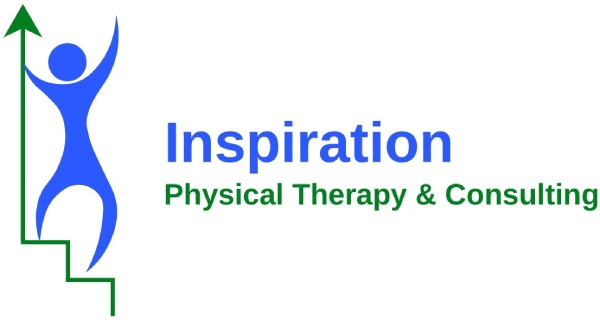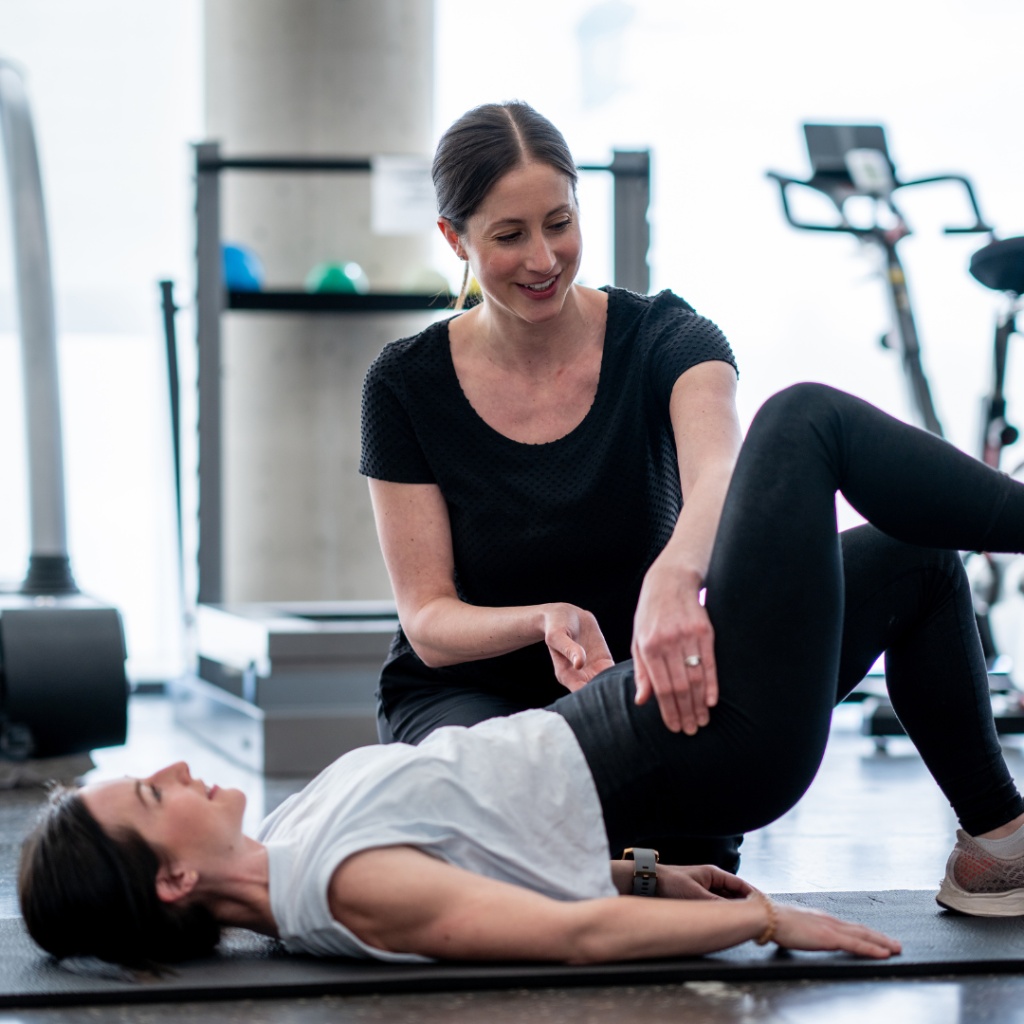Pelvic Floor Physical Therapy
Just because leaking urine is common, doesn’t make it normal!
Do you:
- Leak urine when you laugh, sneeze, cough, jump or work out?
- Get up more than 2x/at night to void?
- Have a feeling of heaviness or “falling out” of your pelvic floor?
- Have to void immediately when you feel the “urge?”
- Have difficulty fully emptying your bladder?
- Find yourself restricting your fluid intake due to fear of toileting too often?
- Have frequent urination?
Pelvic floor therapy for men too!
- Have you recently had a prostate surgery?
- Do you have difficulty voiding or emptying your bladder?
- Do you have leaking throughout your day or overnight?
If you answered yes to any of these questions, then you may benefit from Pelvic Floor Physical Therapy!
What exactly is Pelvic Floor Physical Therapy? That sounds uncomfortable….
Your pelvic floor is muscles just like your arm or your leg! Pelvic Floor Physical therapy is designed based on your symptoms and examination with a focus on improving activation of your pelvic floor and accessory muscles. Depending on your specific condition, it may focus on relaxation of these muscles, activation and endurance training for these muscles, coordination of these muscles and progressions to activities that matter to you!
Still sounds uncomfortable… I’m not sure it’s worth it
Your hesitation is normal! Most patients get better with external pelvic floor (so no internal exam!) and specific training and strengthening. These muscles have to work all day, every day so endurance and coordination is key!
I have a prolapse…. does that mean I need surgery either way?
The good news is that most grades of prolapse can improve with conservative management (in other words, PT!). By targeting the muscles of the pelvic sling that hold up your internal organs from below, we can re-strengthen the “floor” that is supposed to be preventing your organs from slipping, or prolapsing!
Still not sure?
One thing is certain, without intervention, your condition is likely to get worse as the muscles continue to get weaker, tighter or have decreased coordination. The sooner we start the process for evaluation and treatment, the sooner you will start noticing a difference!
Potential Injuries

Sprains
A sprain occurs when a ligament, the tissue that connects bones to bones, is stretched or injured. A common example is an ankle sprain, often caused by the twisting of the ankle. In our physical therapy practice, treatment for ankle sprains is highly personalized. We focus on addressing muscle weakness, improving balance, enhancing proprioception (your sense of body position), and providing functional activity training to aid recovery.

Strain
A strain happens when a muscle or muscle tendon, the connective tissue linking muscle to bone, is stretched or injured. You may have heard of it as a "hamstring strain" or "pulling a muscle." Our physical therapy approach is tailored to your unique needs. Treatment typically includes gentle stretching of the affected muscles, manual techniques to expedite recovery, and gradually introducing strengthening and stabilization exercises, all customized to your progress and requirements.
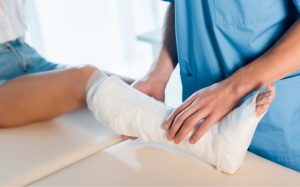
Fracture or Broken Bone
A fracture, commonly known as a broken bone, occurs when a bone cracks or fully separates. Initially, medical doctors may immobilize the bone with a cast, sling, or even surgery involving rods and screws. Physical therapy usually comes into play once some healing occurs, typically taking 8-10 weeks. Our physical therapists create individualized plans focused on improving your range of motion, strengthening the muscles around the injury, reducing compensations, and facilitating your return to daily activities according to your specific goals.
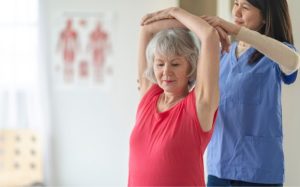
Pre-operative PT
In some cases, surgeons recommend physical therapy before surgery. This pre-operative physical therapy enhances strength, range of motion, and flexibility. It often leads to better post-operative outcomes and faster recoveries. Typically, pre-operative physical therapy involves a few sessions in the weeks leading up to your surgery. However, additional sessions may be necessary in certain situations, especially when surgery is avoidable or significant muscle and joint limitations exist.

Falls
Falls can result from various factors, including both external and internal causes. External factors encompass issues like low lighting, uneven surfaces, tripping hazards, and collisions with objects or individuals. Internal factors may include:
- Decreased proprioception: Your sense of body position in space.
- Vestibular issues: Pertaining to your inner ear's sense of head position, movement, and its communication with your brain and body.
- Decreased muscle strength: Certain muscles play a crucial role in maintaining balance. Weakness in these muscles can lead to imbalances and falls.
- Vision issues: Impaired vision can affect your ability to perceive your surroundings. While physical therapy doesn't directly address vision problems, we strengthen the systems contributing to balance. Additionally, we offer recommendations to modify your home environment to reduce fall risks.
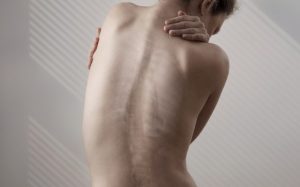
Scoliosis
Scoliosis is an abnormal curvature of your spine, often resembling a "C" or "S" shape. Diagnosis typically involves an in-office examination and confirmation through X-rays. While severe scoliosis may require surgery due to potential effects on the ribs and lungs, mild to moderate cases often benefit from physical therapy. Our approach includes assessing your posture, daily activities, range of motion, mid-back strength, and postural muscles. Based on these findings, our physical therapists create an individualized plan tailored to your needs.

Ligament Injuries
Ligaments connect bone to bone and can get injured through falls, sports impacts, motor vehicle accidents, or prolonged stress. Ligaments can stretch, sprain, tear, and more. Physical therapy focuses on reducing initial stress on the injured area and strengthening the muscles around it. We align our treatment with your goals for returning to your desired activities.
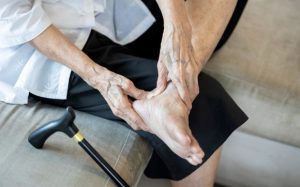
Tendon Injuries
Tendons connect muscles to bones and can sustain injuries from sports, falls, accidents, or everyday activities. Tendons may stretch, tighten, become injured, not glide properly, tear partially, fully, or retract. Physical therapy provides conservative management for tendon injuries. Our approach addresses tightness, and compensatory movement patterns, strengthens surrounding areas, and aids your return to daily life and function.
